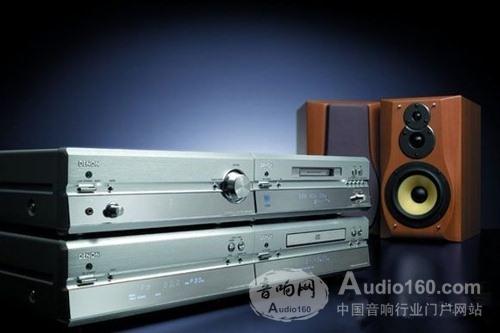The power amplifier and the speaker are connected to each other, which is suitable for both cold and warm, moderately soft and hard, so that the sound of the whole set of equipment is neutral, which is only considered from the artistic point of view. However, the technical considerations are: First, the power matching Second, the power reserve matching If we recognize the above four points when mating, we can maximize the performance of the equipment used. Power matching In order to achieve high fidelity listening requirements, the rated power should be determined based on the optimal listening sound pressure. We all have the feeling that the volume is small, the sound is weak, the thinness, the dynamic can't come out, the dullness, the low frequency is obviously lacking, the fullness is poor, and the sound seems to shrink in the inside. When the volume is right, the sound is natural, clear, round, soft, full, powerful, and dynamic. However, when the volume is too large, the sound is not soft, rough, and has a feeling of being rooted. Therefore, the sound pressure level of the playback has a great relationship with the sound quality. It is recommended that the sound pressure level of the listening area is preferably 80~85dB (A weighting). We can calculate the distance from the listening area to the speaker and the characteristic sensitivity of the speaker. The rated power of the speaker and the rated power of the amplifier. Power reserve matching Speaker: In order to be able to withstand the impact of strong pulses in the program signal without damage or distortion. Here is an empirical value for reference: the nominal power rating of the selected speaker should be three times the theoretically calculated power. Amplifier: The power reserve required for a tube amp is different from that of a transistor amp. This is because: the over-load curve of the tube amp is relatively flat. For the peak of the over-charged music signal, the tube amp does not obviously cause clipping, but only rounds the tip of the peak. This is the flexible shear peak we often say. After the transistor is placed at the overload point, the nonlinear distortion increases rapidly, and the signal is severely clipped. Instead of rounding the peak, it cuts it neatly. Some people use a composite impedance analog loudspeaker consisting of resistors, inductors, and capacitors to test the actual output capability of several high-quality transistor amplifiers. The results show that in the case of phase shift of the load, there is a nominal 100W power amplifier, the actual output power is only 5W when the distortion is 1%! Therefore, the selection of the reserve of the transistor power amplifier: High-fidelity power amplifier: 10 times civilian high-end power amplifier: 6 to 7 times civil mid-range power amplifier: 3 to 4 times and the tube power amplifier can be much smaller than the above ratio. How much margin should be left for the average sound pressure level and maximum sound pressure level of the system, depending on the content of the program and the working environment. This redundancy is at least 10dB. For modern pop music, Judy and other music, you need to leave 20~25dB redundancy, which can make the sound system work safely and stably. Impedance matching It refers to the rated output impedance of the amplifier and should be consistent with the rated impedance of the speaker. At this point, the power amplifier is in the optimal design load line state, so the maximum undistorted power can be given. If the rated impedance of the speaker is greater than the rated output impedance of the power amplifier, the actual output power of the power amplifier will be less than the rated output power. If the rated impedance of the speaker is less than the rated output impedance of the amplifier, the sound system can work, but the power amplifier has the danger of overload, and the power amplifier is required to have perfect over-current protection measures to solve the problem. For the tube amp, the impedance matching requirement is stricter. Damping coefficient matching The damping coefficient KD is defined as: KD = rated output impedance of the amplifier (equal to the rated impedance of the speaker) / internal resistance of the amplifier output. Since the internal resistance of the amplifier output has actually become the resistor of the speaker, the KD value determines the amount of resistance the speaker receives. The larger the KD value is, the heavier the resistance is. Of course, the KD value of the power amplifier is not as large as possible. If the KD value is too large, the speaker resistance is too heavy, so that the pulse front time is established and the transient response index is lowered. Therefore, when selecting an amplifier, one should not pursue a large KD value. As a household high-fidelity power amplifier damping coefficient has an empirical value for reference, the minimum requirements: transistor power amplifier KD value is greater than or equal to 40, the tube power amplifier KD value is greater than or equal to 6. To ensure the steady-state characteristics of the playback and the basic conditions of good transient characteristics, attention should be paid to the equivalent mechanical quality factor (Qm) of the speaker and the damping coefficient (KD) of the amplifier. This cooperation requires the speaker's feeder as the overall sound system. Part of it to consider. The equivalent resistance of the feeder's feeder should be small enough to be negligible compared to the rated impedance of the speaker. In fact, the power loss of the speaker feeder should be less than 0.5dB (about 12%) to achieve this cooperation. Xinxiang Mina Import & Export Co., Ltd. , https://www.mina-motor.cn
Third, the impedance matching Fourth, the damping coefficient matching 